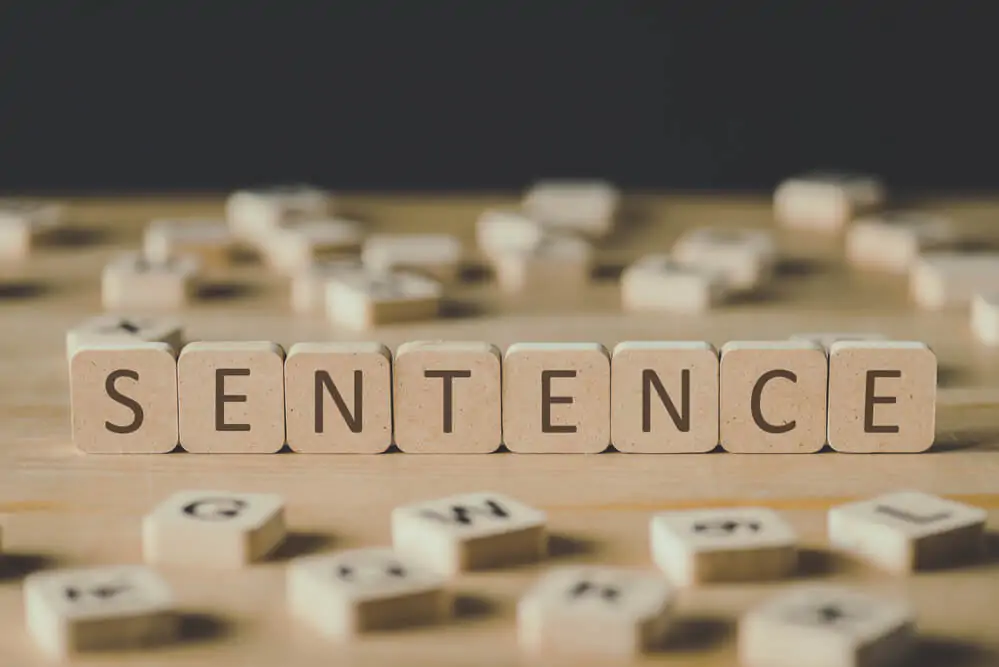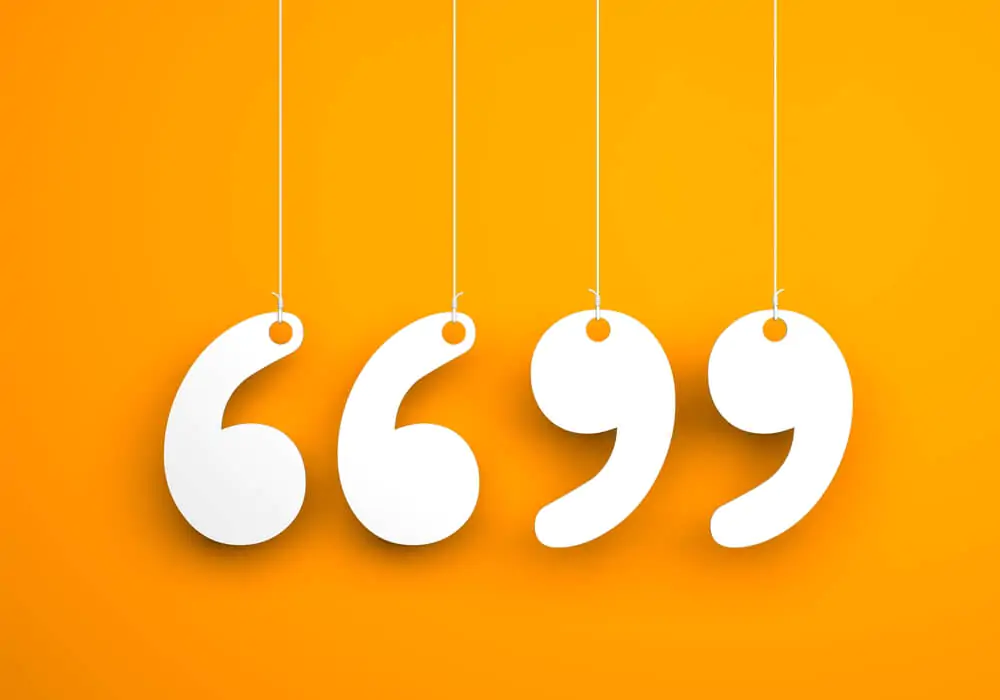Here, we’ll explore what you need to know about how to start a new paragraph, from developing a topic sentence to using transition words smoothly.
We’ve all been there: working through a challenging topic and figuring out how to carry your reader through smoothly and coherently. You must understand how to create a stellar paragraph and how to transition from one paragraph to the next to help your reader follow your thoughts. If you know the thesis of your writing and you have a solid outline of what you’d like to say, it’s time to start building your body paragraphs, one by one.
You must understand both when and how to create a new paragraph. This will depend mainly on the type of writing you’re doing (more on that later). When you create a new paragraph, you must tell your reader what your paragraph will discuss (in the case of a body paragraph) without giving away everything you’re about to say. This can prove tricky, and if you find that you’re struggling to create topic sentences that don’t give away all of your details, you likely need to develop meatier ideas to support your general thesis.
Here, we’ll explore everything you need to know about how and when to start a new paragraph, how to use transition words to take your reader from one idea to the next flawlessly, and how to switch up your new paragraph style depending on whether you’re writing an academic or narrative piece.
Contents
- When To Start A New Paragraph: Your How-To Guide
- 1. Use New Paragraphs For New Topics
- 2. Create A Topic Sentence
- 3. Use Transition Words To Move To A New Idea
- 4. Know Your Formatting Rules
- 5. Use Quotation Marks And Dialogue To Tell Your Story
- Starting A New Paragraph: Quick Tips
- 1. Spacing Between Paragraphs
- 2. Paragraphs In Different Types Of Writing
When To Start A New Paragraph: Your How-To Guide
Readers generally don’t like big blocks of text, and it can be overwhelming for your reader to see large paragraphs without breaks to indicate a new idea. About five sentences per paragraph is a good rule of thumb to follow, but there’s no need for all of your paragraphs to follow this strictly.
Generally, each paragraph should introduce a new concept or idea. However, this can look different in academic and narrative writing. Academic writing generally starts a new paragraph each time you introduce a new point. In contrast, narrative writing uses a new paragraph to introduce small events that further the storyline or narrative concept.
If you glance over your text and find that you have a large block that could appear intimidating to your reader, find places to break up your writing. For example, develop large paragraphs into two or three ideas, or pare down your writing to be more concise if you want to stick with a single paragraph. You might also be interested in our list of paragraph writing topics.
1. Use New Paragraphs For New Topics
A new paragraph should serve as a transition to a new topic or supporting point. Utilizing your outline, be sure that your paragraphs serve as a separate, clear point supporting your thesis. If you find that two or more of your paragraphs are very similar and rely on the same supporting points, see if you can condense your writing, making room for additional points that support your thesis.
2. Create A Topic Sentence

When writing academically, you’ll want to begin each new paragraph with a topic sentence that introduces your supporting points. After you create your outline for your work, it’s also good to write the topic sentence for each paragraph. Many writers find that it’s easier to do this all at once instead of trying to come up with a topic sentence each time you transition to a new idea once your writing is started.
Your topic sentence should set the tone for what’s to come without giving away all of your supporting details. Therefore, keep your topic sentence short and to the point, and utilize the following sentences to support your topic sentence fully. Always keep in mind that each supporting point should ultimately relate to the thesis of your writing.
3. Use Transition Words To Move To A New Idea
Using transition words can make it easier to move from one topic to the next. However, be careful that you don’t fall into the trap of constantly using the same transition words, as this can make your writing repetitive and cause your reader to lose interest. Reading your final work aloud can help you notice if you tend to use the same words repeatedly and can provide valuable insight into how you can replace repetition with new transition words.
Transition words that help you transition from the first paragraph to the next paragraph and so on fall into a few different categories: chronology (next, before, later, meanwhile), comparison (similarly, likewise), clarity (for instance, for example), continuation (furthermore, additionally), and conclusion (as a result, consequentially). Using transition words can help you separate paragraphs whether you’re writing a short story or a research paper, and can help your paragraph breaks read naturally.
4. Know Your Formatting Rules
When writing for a high school class, college class, or professional publication, you’ll likely have some formatting instructions that your teacher, professor, or editor will want you to follow when completing written work. For example, paragraph length, comma use, and thesis statement formatting may all have specific requirements for your class or publication. Be sure to carefully read your syllabus or talk with your editor to ensure that you’re following the requirements.
First-line indentation is typically used to start a new paragraph. Still, your professor or editor may ask that you use hanging indentation or spaces between paragraphs with no indentation. As long as a significant change in the text indicates that a new paragraph is beginning, your reader will quickly adjust to your indentation style.
5. Use Quotation Marks And Dialogue To Tell Your Story

If you’re writing a short story or another narrative piece that includes conversation, you’ll want to begin a new paragraph every time the speaker changes. This can result in short or one-sentence paragraphs, but don’t worry–this is the correct way to split paragraphs within dialogue so that your reader can easily follow your storyline.
Starting A New Paragraph: Quick Tips
1. Spacing Between Paragraphs
Whether you choose to insert spaces between paragraphs is generally a matter of personal preference unless your professor or editor requests that you leave additional spacing. Whether you choose to place extra spaces between paragraphs or not, be sure to follow one of the most basic rules of academic and narrative writing: be consistent. If your research paper, short story, or another piece of writing has spacing between paragraphs in some spaces but not others, your work can become disorganized and tough for your reader to follow.
2. Paragraphs In Different Types Of Writing
Many of your decisions regarding when to start a new paragraph will depend on the type of story or essay writing. In an academic writing piece, you’ll likely create new body paragraphs whenever you’re introducing a new idea or thought or developing a new point to support your thesis. In academic writing, paragraphs tend to be more uniform in length than in other types of writing.
In narrative writing, your paragraphs will likely look a little bit different. This is because narrative writing lends itself to greater creativity and more variation in paragraph sizes and styles. For example, you may use sentence-long paragraphs in dialogues throughout your narrative, while you may use longer paragraphs to introduce a new setting or character.
For more help with your writing, check out our essay writing tips!